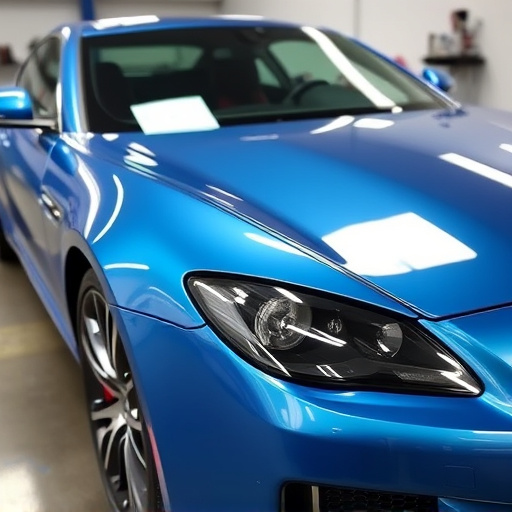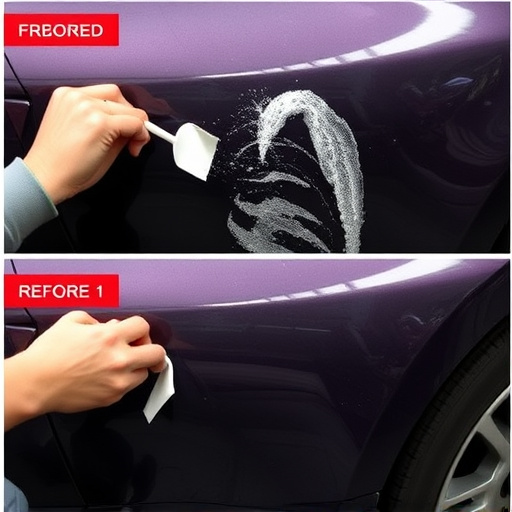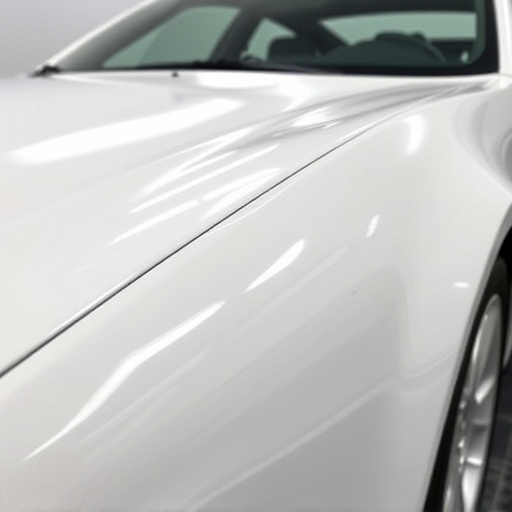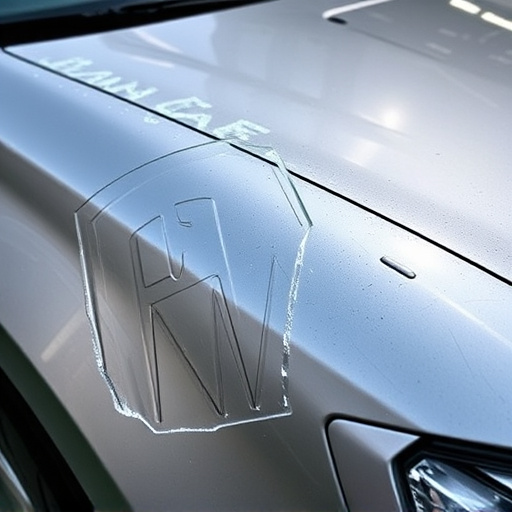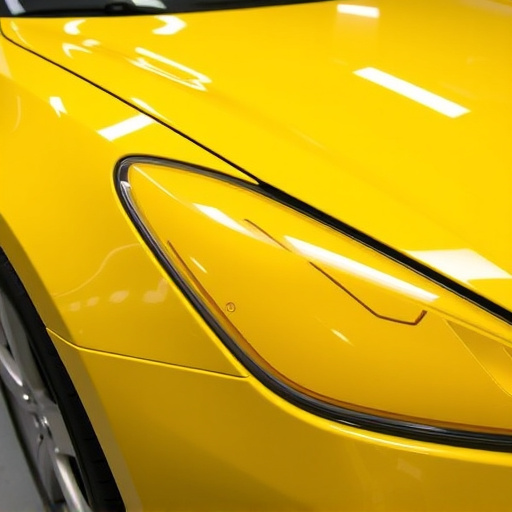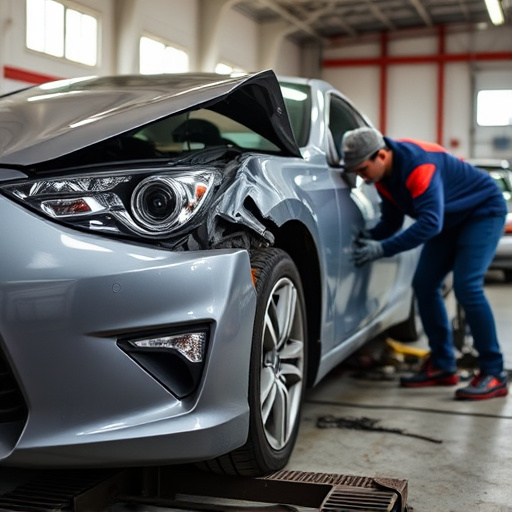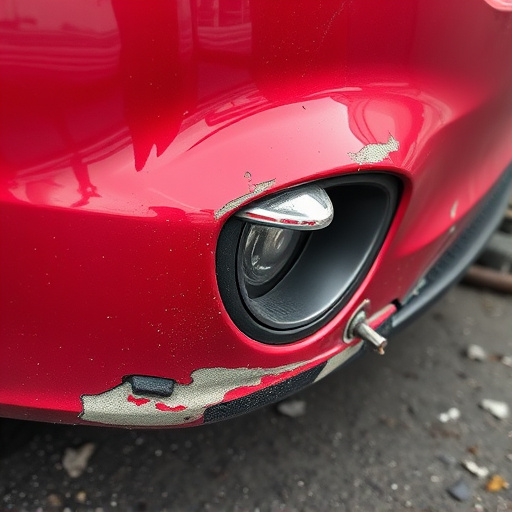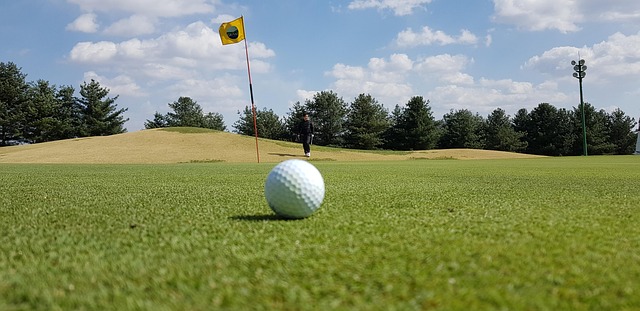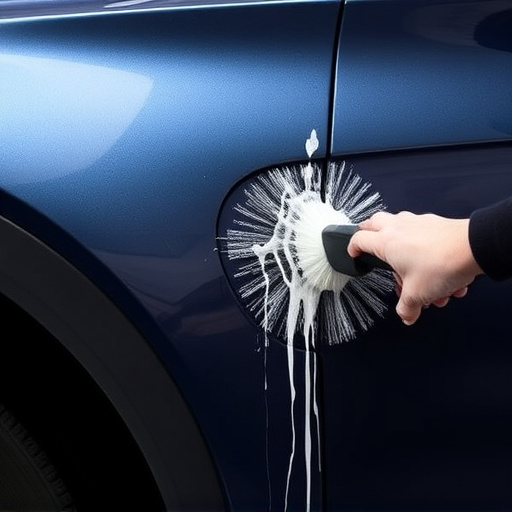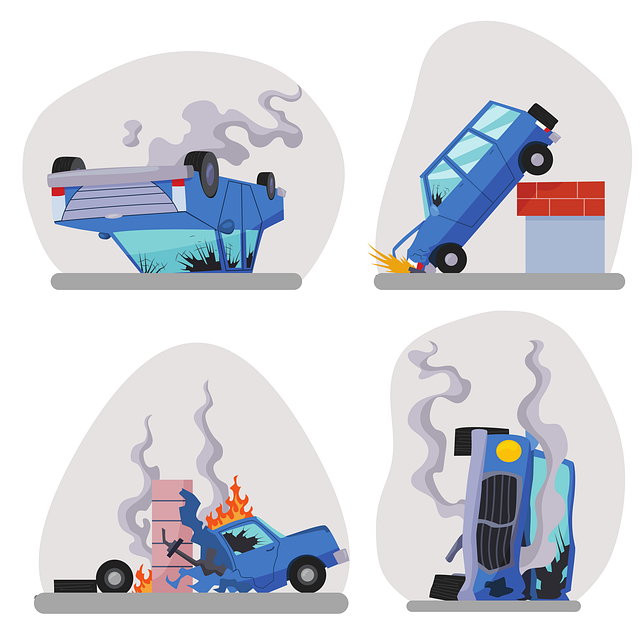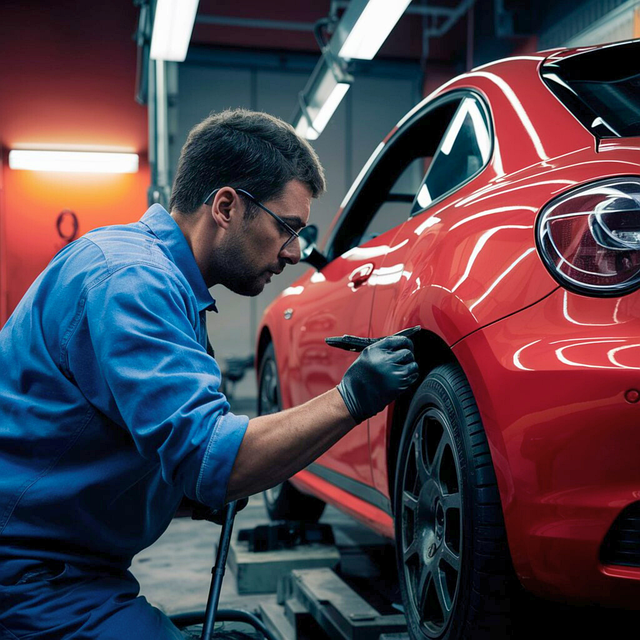Auto body frame repair begins with a thorough assessment using specialized tools and computer-aided design (CAD) systems to identify and measure damage, such as dents and misalignments. Technicians develop a comprehensive repair plan based on this analysis, which includes decisions on work extent, component replacements, and suitable repair methods. CAD systems enhance accuracy, reduce misalignments, and speed up repairs, ultimately restoring vehicles to their pre-accident condition for improved customer satisfaction and road safety.
The process of auto body frame repair is a meticulous art that demands precision and expertise. This comprehensive guide breaks down the key steps involved, from initial damage assessment and planning to final finishing touches. We explore how identifying subtle issues like dents, twists, and misalignments, coupled with computer-aided design (CAD) systems, forms the foundation for accurate repairs tailored to specific vehicle makes, models, and years. Through safe demolition, advanced straightening techniques, and meticulous alignment, we navigate the intricate path to restoration.
- Assessing Damage and Planning Repair
- – Identifying frame damage: dents, twists, misalignments
- – Utilizing computer-aided design (CAD) systems for accurate measurements
Assessing Damage and Planning Repair

When it comes to auto body frame repair, the initial phase is crucial for setting the stage for a successful restoration. The first step involves meticulously assessing the damage incurred by the vehicle. This includes examining the frame for any bends, twists, or misalignments that may have occurred during the incident. Skilled technicians use specialized tools and measurement techniques to pinpoint these issues accurately. Once the damage is thoroughly understood, a comprehensive repair plan is orchestrated.
This planning stage is where the magic of auto body frame repair unfolds. It entails deciding on the extent of the work, identifying necessary components for replacement, and selecting the appropriate repair methods. The goal is not just to fix the physical structure but also to ensure the vehicle’s structural integrity and safety. This meticulous process includes considering tire services, vehicle paint repair, and even auto body restoration techniques, depending on the severity of the damage.
– Identifying frame damage: dents, twists, misalignments

Identifying frame damage is a critical step in any auto body frame repair process. When a vehicle undergoes an accident, various types of damage can occur, including dents, twists, and misalignments. Dents, which are depressions or indentations on the metal surface, are one of the most common issues. Twists and misalignments refer to the structural deformities that can occur along the frame’s length and width, often as a result of impact forces during a collision. These issues not only affect the vehicle’s aesthetics but also its safety and handling capabilities.
Auto collision centers equipped with skilled technicians employ advanced tools and techniques to accurately assess these damages. Visual inspection, combined with specialized equipment like laser measuring devices, helps in pinpointing the exact locations and extent of frame damage. This meticulous process forms the foundation for effective vehicle body repair, ensuring that every misalignment is corrected and every dent is removed, ultimately restoring the car’s structural integrity and safety features to their optimal conditions at an auto body shop.
– Utilizing computer-aided design (CAD) systems for accurate measurements
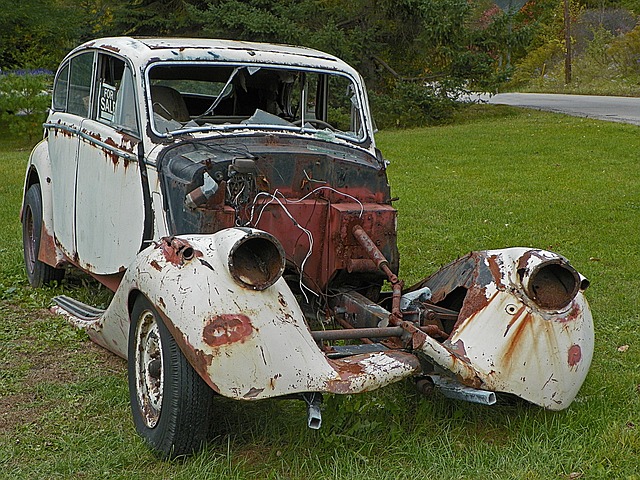
In the realm of auto body frame repair, computer-aided design (CAD) systems have revolutionized precision and accuracy. These cutting-edge tools enable collision repair shops to take precise measurements of damaged vehicle bodywork, ensuring a meticulous and tailored repair process. By inputting data from the original manufacturer, CAD software generates digital blueprints that serve as a roadmap for auto body shop technicians, allowing them to make exact cuts, bends, and adjustments during frame straightening.
This advanced technology not only speeds up the overall collision repair process but also enhances accuracy, reducing the likelihood of misalignments or structural weaknesses. The use of CAD systems in auto body frame repair is a game-changer, particularly in complex cases where every millimeter counts. It ensures that vehicles return to their pre-accident condition, fostering customer satisfaction and safety on the road for all.
Auto body frame repair is a meticulous process that requires precision and expertise. By thoroughly assessing damage, using CAD systems for exact measurements, and adhering to structured repair plans, professionals can expertly restore vehicles to their pre-accident condition. These key steps ensure not only the structural integrity of the vehicle but also its safety and aesthetic appeal, ultimately delivering top-quality auto body frame repairs.
